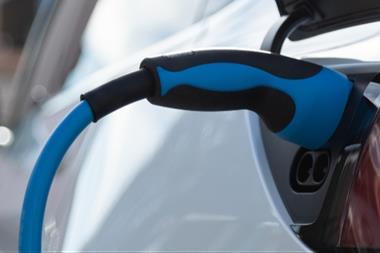The Energy Institute (EI) has backed up Experian Catalist’s findings last year that the decline in UK forecourt numbers has ended.
According to its newly published Retail Marketing Survey there were 8,489 sites operating at the close of 2016, compared with 8,472 sites in 2015 and 8,609 in 2014.
Another trend that has ended has been the expansion of some supermarket forecourt estates. While Asda added 26 sites during 2016 to reach 304, and Sainsbury’s had 306, four more than the previous year, Tesco was down two to 504 and Morrisons was down three to 333. The survey also reported that the supermarket sector held 44% market share, accounting for nearly 45% of total UK fuel sales.
Commenting on the report, the AA welcomed the stabilisation but warned there were still challenges ahead.
“Halting the slide in the number of places to refuel is very welcome for both retailers and drivers but dark clouds continue to loom for the forecourt industry,” said Edmund King, the AA’s president.
“Latest official figures show that, even with petrol cars numbers stabilising at around 19 million, petrol consumption last year was down 219 million litres or 1.3% on the previous year and 1.692 billion litres or 9.0% less than five years ago.
“UK diesel usage was up 1.175 billion litres or 4.1% last year, but much of that was due to economic recovery generating more road haulage and other business transport. The ‘demonisation’ of diesel in cities and a possible scrappage scheme to get more diesel car owners to switch to cleaner vehicles may reverse the growth trend.”
He added: “If electric car numbers continue to thrive, forecourt owners may have to consider charge points. At present, a 15 to 20-minute high speed recharge may be enough to top-up many electric vehicles, which is not far off the time many drivers spend filling up, going into the shop and queuing to get to the counter. The challenge then is space on the forecourt.”






























No comments yet